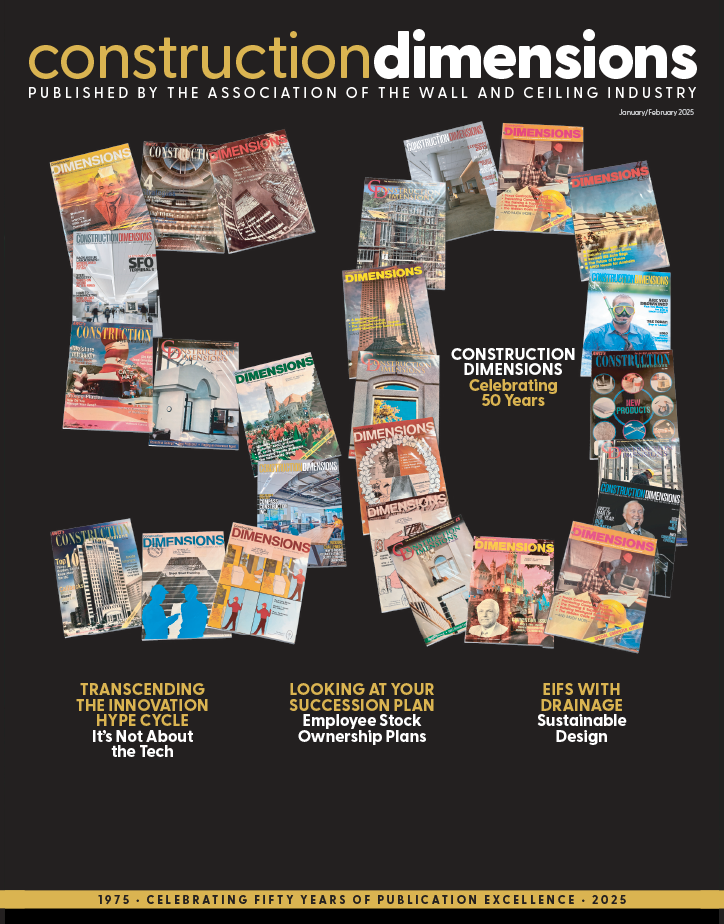The construction industry added 22,000 jobs in August, while total construction spending rose 0.7% in July, despite a downturn in most infrastructure investment categories, according to an analysis of government data the Associated General Contractors of America released Sept. 1. Association officials cautioned that progress on many public infrastructure projects was likely being undermined by the added layers of red tape the Biden administration continues to add for new public works efforts.
“[This] reports show there is no letup in demand for construction workers or private-sector projects,” said Ken Simonson, the association’s chief economist. “The industry is raising pay faster than other sectors amid persistently low unemployment. But contractors are frustrated by the slow pace of new public project awards.”
Construction employment in August totaled 7,993,000, seasonally adjusted, an increase of 22,000 from July and 212,000, or 2.7%, from a year earlier. That outpaced total nonfarm job growth of 2.0% over 12 months. Nonresidential construction firms—nonresidential building and specialty trade contractors along with heavy and civil engineering construction firms—added 21,000 employees for the month and 169,700 (3.7%) since July 2022. Employment at residential building and specialty trade contractors grew by 1,400 last month and 42,400 (1.3%) over 12 months.
Average hourly earnings for production and nonsupervisory employees in construction—covering most on-site craft workers as well as many office workers—jumped by 5.7% over the year to $34.40 per hour in August. Construction firms paid a wage “premium” of 18.6% compared to the average hourly earnings for all private-sector production employees. However, contractors report difficulty finding qualified workers amid an unemployment rate of only 3.9% in August for jobseekers with construction experience.
Construction spending in July totaled $1.97 trillion at a seasonally adjusted annual rate, an increase of 0.7% from June and 5.5% from July 2022. Private residential spending climbed 1.4% for the month, while private nonresidential spending rose 0.5%. But public construction spending slid 0.4% as the largest infrastructure categories declined from June. Highway and street construction spending fell by 0.6%, transportation by 0.9%, and sewage and waste disposal by 1.2%.
- Events
-
-
-
March 31-April 3, 2025
The Westin Charlotte
Charlotte Convention Center
Charlotte, North CarolinaMore Events
-
-
-
- Education
-
-
- EIFS National CertificationDoing It Right ProgramsAdditional CoursesMore Learning Opportunities
-
-
-
- Media
-
- Resources
-
-
- Technical Resource LibraryHealth & SafetyFocuses & InitiativesMediaDirectories
-
-
-
- About
-




